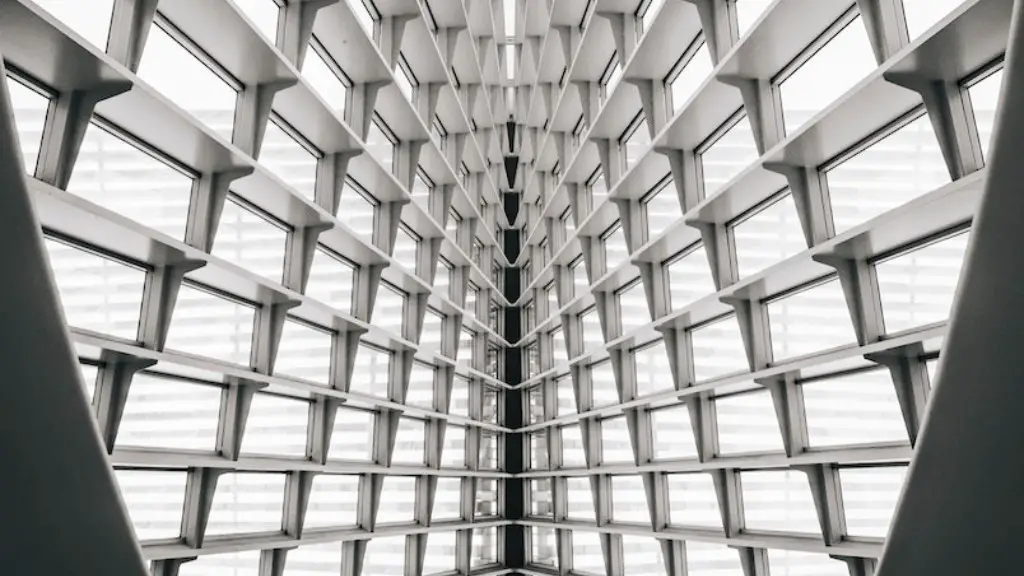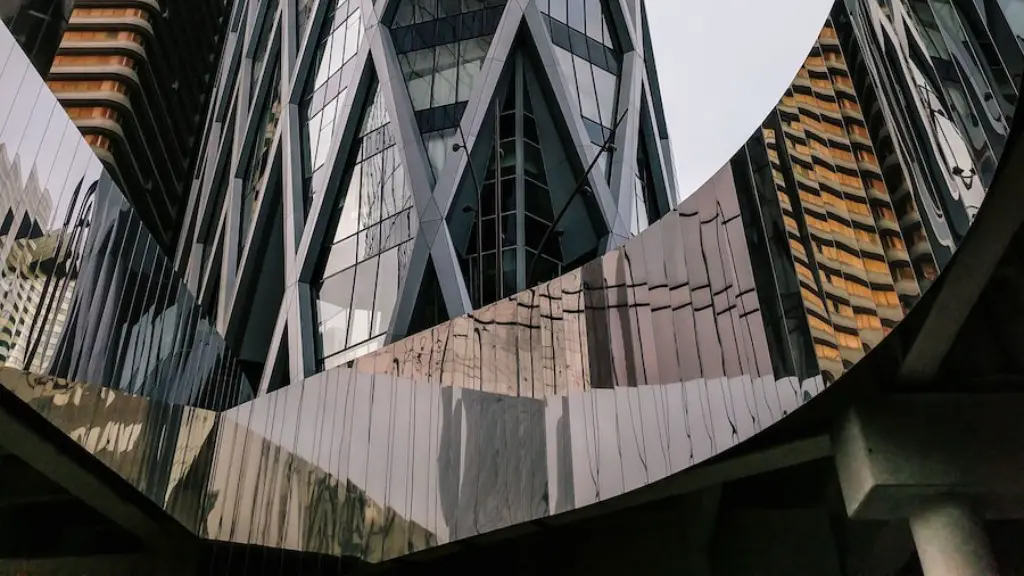What is Textile Architecture?
Textile architecture is a branch of architecture that consists of using fabric in the construction of buildings. These fabrics are usually created by weaving, knitting, or felting and can act as the main structure of the building or as a coating for the exterior. Textile architecture is becoming increasingly popular as it is a sustainable and lightweight solution to constructing buildings, while still providing a high level of insulation and aesthetic appeal.
The Benefits of Textile Architecture
One of the most significant benefits of using textiles in architecture is the fact that textiles allow for a greater degree of insulation. This is because fabrics act as excellent insulators, trapping air and heat, meaning that buildings constructed with a textile exterior are better equipped to retain heat during winter and stay cooler during the summer months.
Textiles are also a relatively lightweight material, making them ideal for constructing buildings. As a result, the total weight of the structure is significantly reduced and the building is less likely to collapse due to structural pressures. Additionally, textiles can be formed into any shape, meaning that designers can create unique and visually stunning buildings.
Types of Textile Architectural Projects
Textiles are often used in the construction of temporary structures such as tents and marquees. These provide a quick and cost-effective solution for outdoor events, and can also be used as temporary dwellings or buildings in disaster situations. Additionally, textiles are commonly used to coat the exterior of buildings, allowing for a unique and visually appealing design, while also providing insulation and protection from the elements.
The Materials Used
The materials used in textile architecture vary widely depending on the specific application and design. Commonly used materials include cotton, wool, and synthetic fabrics such as nylon and polyester. Additionally, textiles can be treated with dyes and water-proofing agents to provide additional protection from the elements. Specialized textiles such as Kevlar are also often used in the construction of buildings, providing superior strength and durability.
Advanced Techniques
The advent of 3D weaving technology has revolutionized the textile architecture industry and has allowed for the construction of extremely intricate and complex designs. This is achieved by weaving multiple layers of fabric together to create a composite fabric. This can then be tailored to meet the desired specifications and the results can be extremely impressive.
The Future of Textile Architecture
Textile architecture is continuing to evolve as designers and architects continue to explore new possibilities. Additionally, engineers are constantly developing new technologies and procedures that are pushing the boundaries of textile architecture. As a result, it is likely that textile architecture will continue to be used in a variety of applications, from temporary structures to larger scale construction projects.
The Merits of Textile Structures
Textile structures have a number of merits which make them extremely attractive to architects and developers. Firstly, they are lightweight and easy to construct, meaning that they can be erected quickly and without extensive labor. Additionally, the fabrics used in the construction of these structures are breathable and provide excellent insulation, meaning that energy consumption can be significantly reduced. Moreover, textile structures can be designed to be visually stunning and can provide a great source of inspiration for structural design.
Alternatives to Textile Architecture
Whilst textile architecture is an attractive option, it is important to consider the alternatives. Traditional building materials such as concrete, steel and timber are still the most common building materials due to their strength and durability. Additionally, whilst textile architecture is a sustainable solution, the fabrics used are still resource intensive to produce and may not be a viable option for those seeking a fully sustainable building material.
Environmental Concerns of Textile Architecture
Textile architecture is a relatively new field and as such, there are still a number of issues that need to be addressed. It is important to consider the environmental impact of using textiles in construction. It is likely that fabric production and the use of dyes and waterproofing agents lead to increased air, water and land pollutants. It is therefore important to carefully consider the environmental implications of using textiles in construction projects.
Research on Textiles in Construction
In recent years, there has been a growing body of research on the use of textiles in construction. Scientists are investigating the use of textiles for structural reinforcement, as well as for ways to improve the thermal properties of buildings. Additionally, researchers are exploring ways to reduce the environmental impact of fabric production and are even investigating the use of natural fibres and dyes to reduce pollution.
The Relevance of Textile Architecture
Textile architecture is steadily becoming an important part of modern construction practices. Architects, developers, and engineers are increasingly turning to textile structures as a lightweight, insulative and aesthetically appealing option. As technological advances continue to reshape the industry, it is likely that textiles will become even more popular and even more versatile, allowing for the construction of structures that could never have been realized with traditional building materials.


